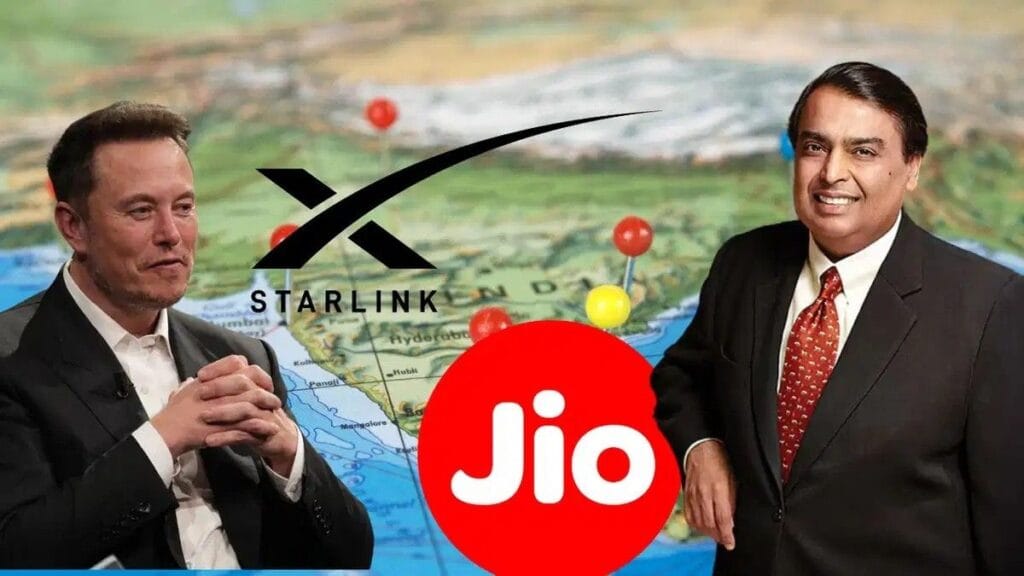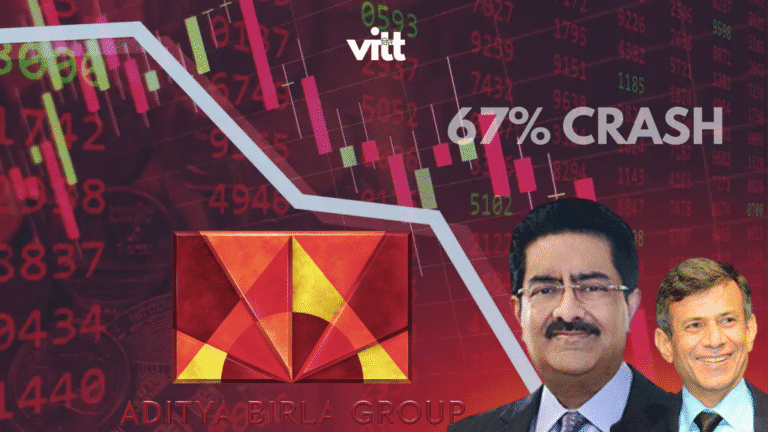
Elon Musk’s Starlink is entering India with a bold promise to connect rural areas. But with high pricing and limited access, is it truly a game-changer — or just another luxury tech?

Photo Credit: The Sen Times
👀Here’s what you need to know!
In a country where mobile data costs less than bottled water, Jio and Airtel have reigned supreme for years. Their dominance is unquestioned — until now.
Because something is coming from above. And it doesn’t belong to India.
Enter a satellite-powered internet service. No towers, no cables — just space-based broadband beamed straight to your rooftop. It could be India’s biggest telecom disruption since Jio… or not.
Starlink could redefine connectivity in India, particularly for those in remote areas.
Let’s break it down…
📱 The Hidden Problem With Cheap Data
Since 2016, Jio’s price war made data nearly free. Airtel followed. Vodafone faded. BSNL lost steam. But beneath the metro-speed headlines, rural India was still left buffering.
Millions still face:
- Patchy or no coverage
- Tower delays due to terrain or red tape
- 3G speeds… in 2025
- Zero bars in large parts of the northeast, central belt, and Himalayan regions
The digital divide didn’t vanish. It just got easier to ignore.
🌍 Starlink’s Promise: Internet for the Underserved
It says it wants to change this. Its mission is to bring high-speed internet to remote, underserved corners of the country — no tower needed.
Photo Credit: Starlink
Why it’s a big deal:
- Internet beamed from a constellation of satellites
- Works anywhere — hills, forests, islands
- Fiber-like speed in tower-less zones
- Doesn’t rely on Jio or Airtel’s infrastructure
It’s not just internet. It’s independence.
But there’s one massive roadblock.
💰 A Price Tag That Keeps the Poor Offline
- Starlink Kit: approx ₹60,000 (one-time)
- Monthly subscription: ₹6,000–₹8,000
- Total Year 1 Cost: ₹1 lakh+
In rural India, average monthly household income is under ₹12,000.
So while the service may be aimed at the underserved, it’s currently priced for the over-served. A digital revolution no one can afford — yet.
🇮🇳 Why Is This Service Back Now?
Photo Credit: Starlink
In 2021, it tried to enter India but got blocked by regulators. But in May 2025, the Department of Telecommunications issued it a Letter of Intent — one step short of full GMPCS licensing.
It could officially launch in India very soon.
Starlink May Still Need the Giants It Wants to Disrupt
It is reportedly in talks with Jio and Airtel for deployment support. But unless these partnerships lead to subsidised prices or localised plans, mass adoption remains a dream.
📢 Final Word: A Disruptor With Limits
It isn’t a gimmick. It’s a technological leap. But right now, it’s priced like a luxury vehicle in a world full of scooters.
Innovation matters. But in India, access isn’t innovation — it’s affordability.
vitt’s take..
(vitt – Where India Reads is a space for making Business and finance stories digestible and relevant to India’s digital generation.)
Starlink entering India is exciting — it’s like sci-fi turning into reality. Fast internet from space, no matter where you are? That’s a game-changer on paper. And yes, they’ve promised to serve rural and underserved areas, which sounds great.
But here’s the catch — just having fancy tech isn’t enough.
Let’s be real: people in remote villages don’t just need internet — they need affordable, reliable access that actually works for them. That’s what Jio nailed. They didn’t just drop cheap data — they built towers, bundled devices, offered regional content, and truly made the internet feel local.
Starlink, on the other hand, might struggle if it stays expensive. At ₹7,000 a month, it’s just not practical for the average Indian household. If it wants to make a real impact, maybe it needs to think differently. What if they partnered with local governments to connect schools and health centers? Or offered flexible plans instead of flat rates?
Because the truth is — India doesn’t need internet everywhere just for the sake of it. We need internet that people can use, afford, and benefit from in their daily lives.
If Starlink can do that — if it can genuinely understand India — it won’t just be a satellite company. It’ll be a revolution.




